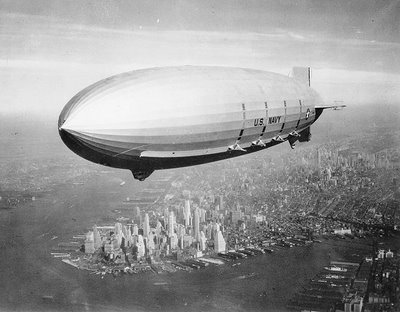Tyrone Millard
There are pros and cons to buying surplus military aircraft: the helicopters may be less expensive, but the purchase is a lot like buying a used car — you don’t know where it’s been or who has been driving.
After years of use in U.S. military operations, many well-seasoned military helicopters will be classified as excess inventory and will be released from the military’s inventory. Many will start a new life as a commercial helicopter by getting certificated under an FAA Restricted Category Type Certificate on the basis that they were operated by the U.S. military and surplused by the U.S. military. FAA certification in a restricted category would allow these helicopters to be used for certain special purpose operations which include agricultural, forest and wildlife conservation, aerial surveying, patrolling, weather control and aerial advertising.
Why would these helicopters be so attractive to restricted category operators compared to a commercially produced model helicopter? Two major reasons are their relatively low cost and the abundance of spare parts from the military.
The U.S. government surpluses these helicopters in various ways, some through the U.S. government’s General Services Administration (GSA) while others are released directly from the U.S. military’s inventory to the commercial user. One of GSA’s responsibilities includes the donation of helicopters to aviation museums for static display and to schools and universities for educational purposes. Helicopters donated for these purposes are not considered to have commercial applications and are considered to be non-flyable (not airworthy) helicopters by the U.S. military. As such, the aircraft data plates are removed from these helicopters and the aircraft records are not provided to the recipient. In contrast, helicopters that are donated to state and local agencies to support law enforcement, search and rescue programs and other public use operations are intended to be flyable helicopters. These agencies receive flyable helicopters complete with the aircraft records and aircraft data plate. Most of these helicopters are used under public operating rules (Public Law 103-411-Oct. 25, 1994) that are not regulated by the FAA.
The U.S. government donation of helicopters is typically for specific purposes and does not construe ownership of the helicopter by the recipient. However, the recipient may request ownership of the helicopter once they have satisfied the agreed to terms and conditions for the intended use of the helicopter. If the U.S. government agrees to unconditionally release the helicopter to the recipient, the recipient could then sell it to a prospective commercial helicopter customer.
Some U.S. military organizations, including certain U.S. military museums, are permitted to directly trade or sell military helicopters that have been declared as excess inventory. If these helicopters are considered to have commercial applications and be in a flyable condition, an authorized individual issues an FAA "Bill of Sale" from the U.S. military as evidence of the transaction. A helicopter that does not meet these criteria will not be issued an FAA "Bill of Sale." As in the case of a GSA surplus helicopter, complete aircraft records and the aircraft data plate are only provided if the helicopter is considered flyable and has the potential for commercial applications.
Although the U.S. military may classify a helicopter as flyable, various components may be missing from it in its surplused condition. A prospective buyer would have to replace these components and possibly perform extensive maintenance on the helicopter before it is considered to be airworthy. On the other hand, a helicopter that is classified as not airworthy is one that was used by the U.S. military for ground training purposes. Ground training use helicopters have undergone extensive and repeated disassembly and assembly as training platforms or may have been subjected to repeated burning in conjunction with fire fighting training. The FAA does not consider helicopters subjected to this type of ground instructional use eligible for Restricted Category Type Certification.
To be eligible for Restricted Category Type Certification, the FAA requires the owner of a U.S. surplus military helicopter to provide sufficient U.S. military or GSA documentation that shows traceability of the helicopter to the U.S. military. If the FAA cannot determine that the helicopter was surplused by or on behalf of the U.S. military, it will not be eligible for Restricted Category Type Certification. If the owner can show that the helicopter is eligible, an FAA representative will perform a comprehensive 31 point FAA conformity inspection of the helicopter, which involves a physical examination and flight test of the helicopter and an examination of the aircraft logbooks and maintenance records to determine the condition of the helicopter. Provided the conformity inspection results are satisfactory, the helicopter will be issued a new Restricted Category Type Certificate (14 CFR 21.25(a)(2)) or be added, by serial number, to an existing Restricted Category Type Certificate.
Any inquiries about the donation of U.S. surplus military helicopters should be made to the state agencies that manage surplus property often referred to as the State Agencies for Surplus Property (SASPs). A listing of the point of contacts for the various SASPs is available at the National Association of State Agencies for Surplus Property (NASASP) Web site, http://www.nasasp.org/.

Nenhum comentário:
Postar um comentário